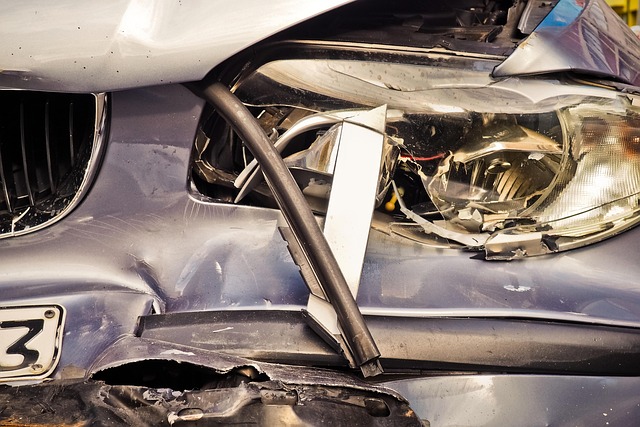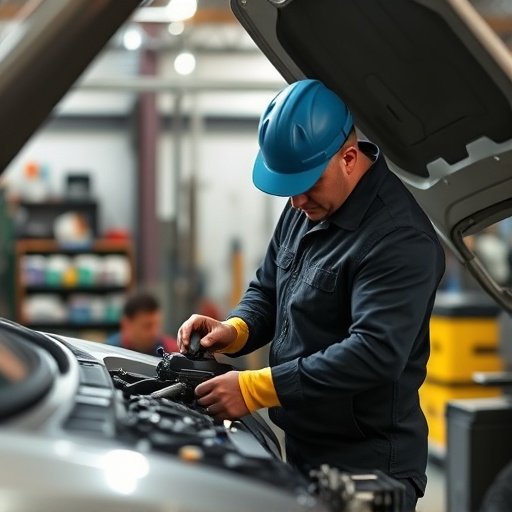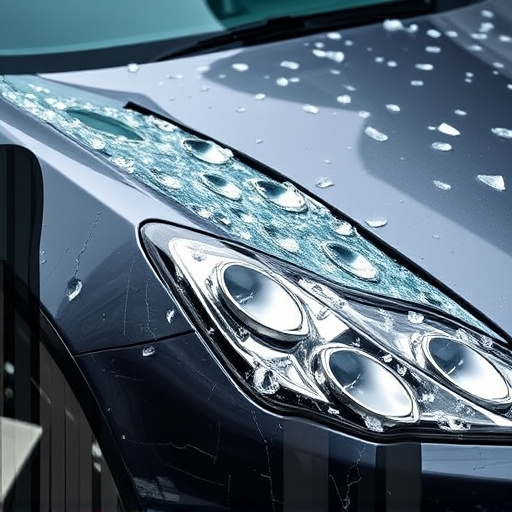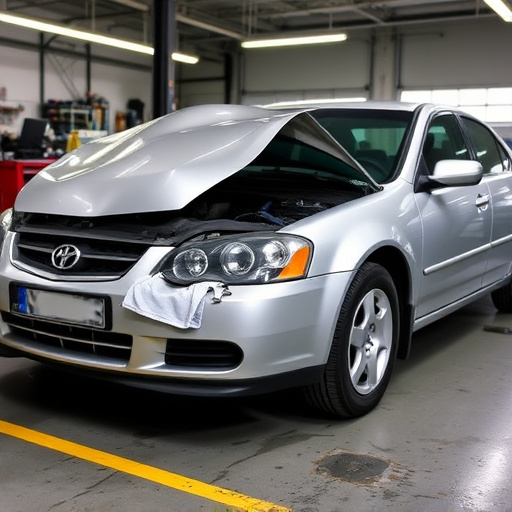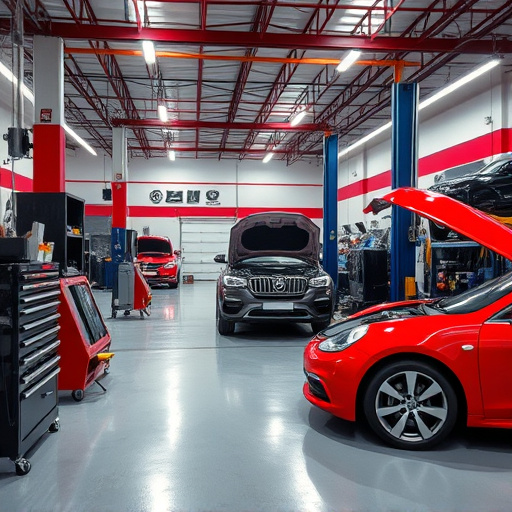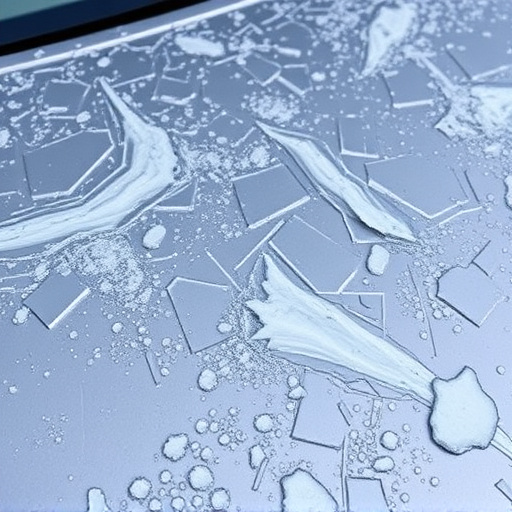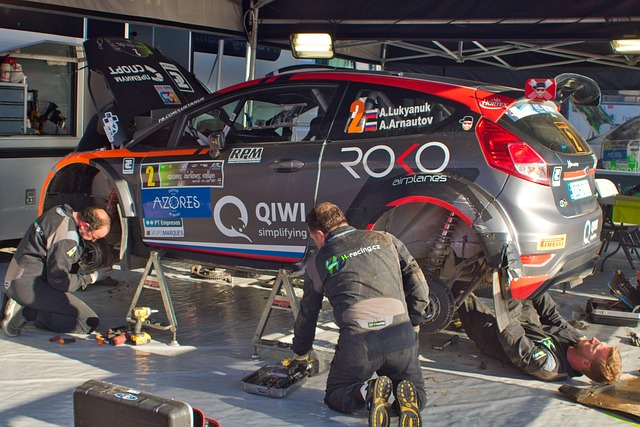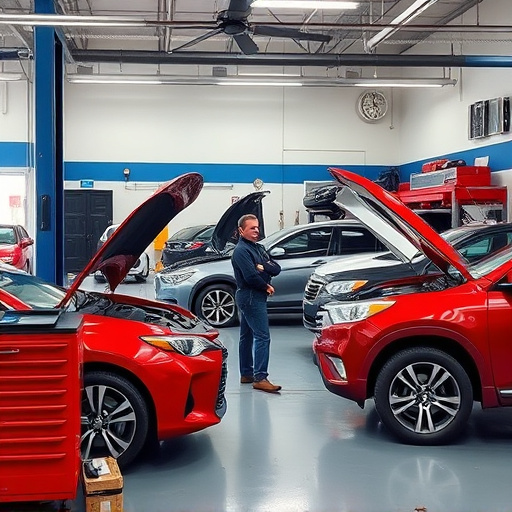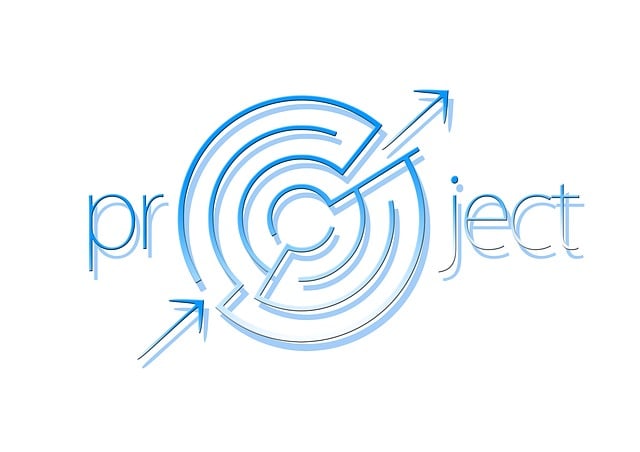Mercedes sensor adjustment is critical after suspension or alignment work to ensure optimal vehicle performance and safety. Even minor adjustments can disrupt sensor readings, causing incorrect system responses. Recalibrating these sensors improves performance, extends vehicle life, and prevents issues like improper wheel alignment and safety hazards. Regular assessments by a qualified mechanic are essential for correcting sensor malfunctions caused by initial collision or damage.
Mercedes vehicles rely on sophisticated sensors for optimal performance and safety. When performing suspension or alignment work, it’s crucial to consider the subsequent impact on these sensors. This article delves into the importance of Mercedes sensor adjustment post-service, outlining the functions of key sensors and how changes in suspension or alignment might affect their readings. Learn how to correct any malfunctions for enhanced vehicle efficiency.
- Understanding Mercedes Sensor Functionality
- Impact of Suspension or Alignment Changes
- Correcting Sensor Malfunctions After Work
Understanding Mercedes Sensor Functionality
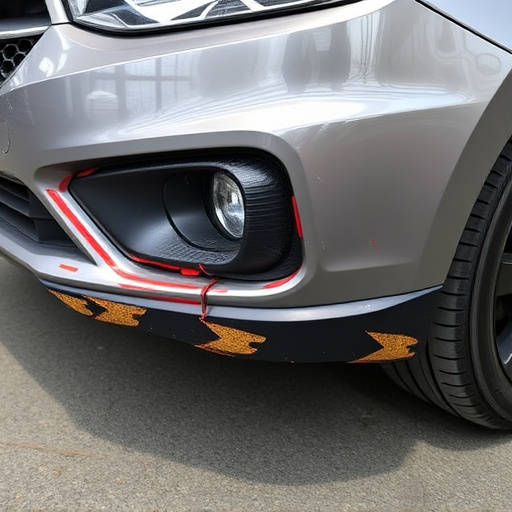
Mercedes sensors are integral components that ensure the vehicle’s systems operate optimally and safely. These sensors monitor various parameters such as speed, temperature, pressure, and position, providing real-time data to the car’s computer or control units. This continuous feedback allows for precise adjustments in engine performance, transmission shifting, and even steering response. For instance, the suspension sensors help maintain vehicle stability during cornering, while alignment sensors ensure the wheels are correctly positioned for optimal tire wear and handling.
Proper Mercedes sensor adjustment is crucial after any suspension or alignment work. Even minor adjustments can cause discrepancies in sensor readings, leading to incorrect system responses. When you get your car’s suspension or alignment serviced, whether due to an accident (requiring car dent repair) or regular wear-and-tear, it’s essential to have the sensors recalibrated. This ensures that your Mercedes’ systems function seamlessly and safely on the road. Consider tire services as part of this process to maintain optimal performance and extend the life of your vehicle repair.
Impact of Suspension or Alignment Changes
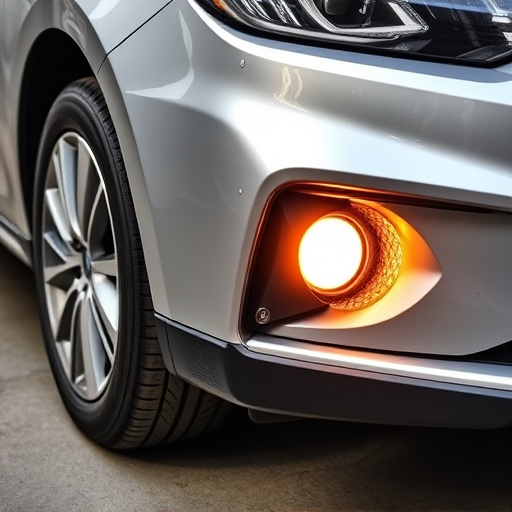
When a vehicle undergoes suspension or alignment work, it can significantly impact the performance and safety of its various systems. One area that requires careful consideration is the Mercedes sensor adjustment, particularly after such modifications. These adjustments are crucial as they ensure that sensors responsible for monitoring critical functions like wheel position, ride height, and stability remain accurate and calibrated.
Any changes to a car’s suspension or alignment can cause these sensors to become misaligned or provide inaccurate readings. For instance, if a collision repair shop or auto collision center has recently performed work on the vehicle’s chassis or underbody, it is essential to recalibrate the sensors post-repair. Neglecting this step could lead to issues such as improper wheel alignment, irregular tire wear, and even potential safety hazards while driving. Therefore, bringing your Mercedes in for a sensor adjustment after any suspension or alignment work is vital to maintain optimal performance and safety standards.
Correcting Sensor Malfunctions After Work
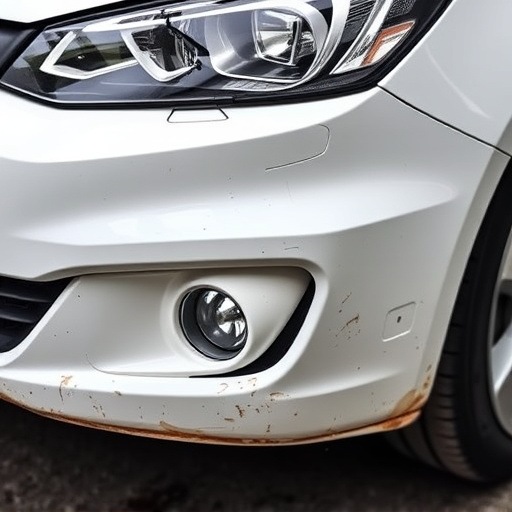
After completing suspension or alignment work on your Mercedes, it’s crucial to address any sensor malfunctions that may have been caused by the initial collision or damage. Sensors play a vital role in modern vehicles, ensuring optimal performance and safety, so correcting their issues is essential. If you’ve experienced a fender bender or bumper repair, these impacts can disrupt sensor positioning and calibration, leading to inaccurate readings and potential driveability problems.
During routine alignment procedures, sensors may need adjustments to maintain precise tracking. Auto painting and body repairs also demand careful attention to sensors since they can be affected by changes in the vehicle’s structure. A qualified mechanic should assess and calibrate these sensors to ensure they function correctly. This process involves adjusting various Mercedes sensor settings to match the corrected suspension geometry, providing a seamless driving experience.
After performing suspension or alignment work on your Mercedes, it’s crucial to address any required adjustments to its sophisticated sensor system. These sensors play a vital role in ensuring optimal vehicle performance and safety. Understanding their functionality and addressing malfunctions promptly is essential. By correctly calibrating the sensors following significant modifications, you guarantee the vehicle’s continued reliability and enhance overall driving experience, making it a key step in maintaining your Mercedes’ peak condition.
